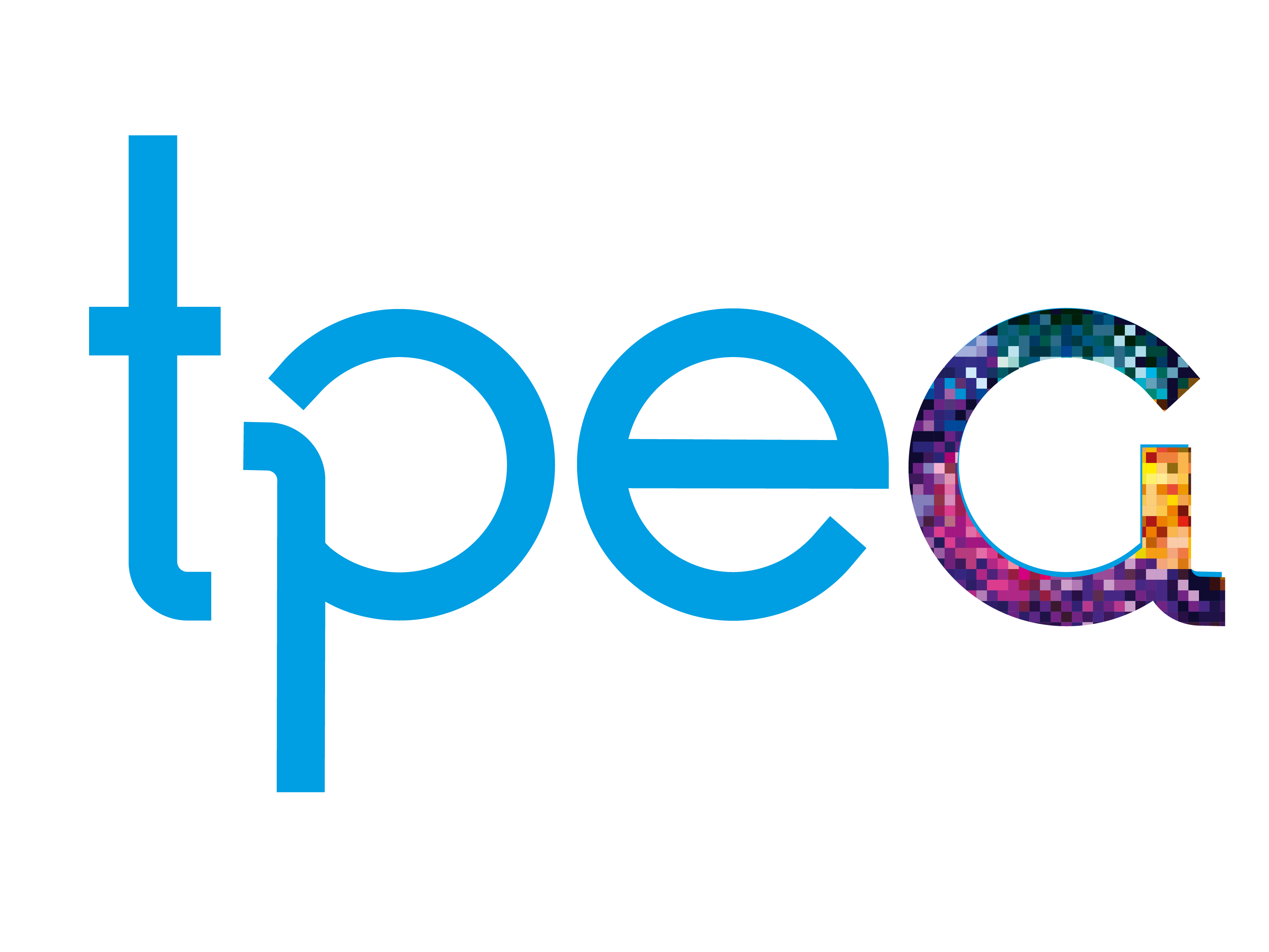It is common nowadays for students to have access to a range of artefacts to support their studies. These might include a set of lecture notes, e-text books, powerpoint presentations and lecture captures. Of all these digital resources, it is lecture captures that have been the most controversial amongst academic staff. Yet in this research, we found that students see lecture capture as just one of the (often many) digital resources available to them. How students use lecture captures, or any other resource, depends on a number of factors: what information they were seeking, how easy it was for them to get that information from a particular resource, the style of the lecture and their beliefs about learning.
For example if students wanted to check the details of an equation, they would look in their notes or powerpoint slides. But if they were unsure about an explanation for a particular concept, then they would skip through a lecture capture until they found the part they wanted to re-watch.
We also found that the type of lecture influenced how likely students were to find lecture captures useful. If a lecture contained a great deal of new content, and was very information dense, then students were more likely to make use of lecture captures. This was because it reduced the pressure to try to simultaneously listen and take notes – instead they could use the lecture capture to fill in any gaps at a later date. In lectures that contained less new information and more problem solving (for example flipped lectures where students’ first contact with the material was before the lecture), they were less likely to find lecture captures useful. They were also more likely to see the value of attending the lecture, as the in-person experience was substantially different to watching the recording.
Our findings indicate that lecture recordings should not be seen as a stand-alone resource, rather they are one of many resources that students integrate into their study practices. For this reason we recommend that the use of all digital resources, and not just lecture captures are carefully considered when designing the lecture course. How might students be expected to use these resources, and how can we support students to use them in the most efficient way?
Most guidance for the use of lecture capture assumes an information dense lecture. But there is also value in lecture recordings of more active/flipped lectures, even though their use might look different. For example we could encourage students who have missed a class to ‘play along at home’ by thinking about the quiz question for themselves before listening to the lecturer’s explanation and resist the temptation to fast forward. Students could also be encouraged to form study groups to discuss the questions, rather than watching the recordings alone.
A link to the article: https://www.tandfonline.com/doi/full/10.1080/1475939X.2021.1917449
A. K. Wood, T. N. Bailey, R. K. Galloway, J. A. Hardy, C. J. Sangwin & P. J. Docherty (2021) Lecture capture as an element of the digital resource landscape – a qualitative study of flipped and non–flipped classrooms, Technology, Pedagogy and Education, 30:3, 443-458, DOI: 10.1080/1475939X.2021.1917449







